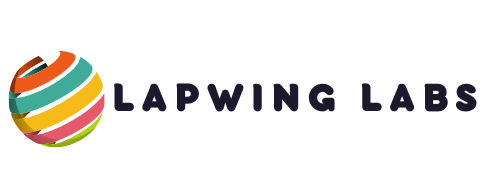Creating an employee onboarding strategy is essential for companies to ensure a seamless transition for their new team members. A planned onboarding process can lead to employee engagement, productivity, and retention rates. This article will discuss ten steps to develop a new employee onboarding plan that lays the groundwork for long-term success.
Establish Your Goals
Before delving into the specifics of your onboarding strategy, it’s important to outline your objectives. Consider what you aim to accomplish through the process of onboarding new employees. Are you looking to help new hires become productive swiftly? Do you want them to feel welcomed and committed from the start? Clearly defining your goals will assist you in crafting a personalized onboarding program.
Tailor the Training Approach
Every organization has its own values, cultures, and expectations. It’s crucial to customize your new employee onboarding plan. Factor in the industry skills for the role and align training materials with those requirements. Personalization ensures that new hires receive training directly related to their company position.
Initiate Pre Boarding
An onboarding initiative begins before an employees first day at work. Consider setting up a boarding system where essential details and materials are shared before the new hire’s start date. This could involve sending welcoming emails outlining what to expect and providing resources about the company’s culture, background, or goals. Pre-boarding aims to reduce any nervousness or uncertainty new employees might experience while confirming their choice to join the team.
Offer a Friendly Welcome
The initial impression plays a vital role in establishing a work environment. Arrange a reception for hires by pairing them with a supportive mentor or buddy who can assist with questions and provide guidance during their early days at the company. Hosting a welcome gathering or team lunch can also help new staff members get acquainted with their colleagues, fostering a sense of inclusion from the beginning.
Ensure Transparent Communication
Effective communication is critical at every stage of the onboarding process. Provide an overview of job responsibilities, performance expectations, and available support for growth.

Encourage discussions and honest input during onboarding sessions to ensure new employees feel valued and assisted.
Offer Training
Offering training is vital for an onboarding strategy. This should include job skills and a broader understanding of company policies, procedures, and values. Encourage hands-on learning experiences involving hires in workshops or simulations and give them access to various learning materials such as online modules or courses. Enhancing their grasp of the organization will make them better equipped to excel in their roles.
Early Project Engagement
It is essential to provide employees with projects early on during onboarding. While they need to learn about their roles and responsibilities, engaging them in significant projects can boost their confidence and commitment while showing faith in their capabilities. Assign tasks that match their interests and allow them to showcase their abilities while making an impact.
Building Relationships
It is key to an employee onboarding experience. Encourage hires to connect with team members beyond those they directly work with. Organize gatherings or team-building activities that enable everyone in the organization to get acquainted with each other in a setting.
Keeping in Touch and Getting Feedback Regularly
It’s important to have check-ins during the first few months to track progress, provide guidance, and get feedback from new employees. This helps address any concerns they may have and proactively work towards solutions. It also demonstrates the organization’s dedication to its development and achievements.
Striving for Improvement
An effective onboarding plan is always a work in progress. Gathering feedback from hires. Their supervisors allows for ongoing refinement and enhancement of the onboarding process. Staying informed about industry practices and integrating changes into the program is essential.

Regularly assessing the effectiveness of your onboarding strategy ensures it stays aligned with evolving requirements.
In Conclusion
Developing and executing a new employee onboarding strategy demands planning, tailoring, effective communication, ongoing assistance, and a commitment to continual enhancement. By following these ten steps, organizations can elevate the onboarding experience for hires, making them feel valued, engaged, and prepared to contribute to success right from the start.



